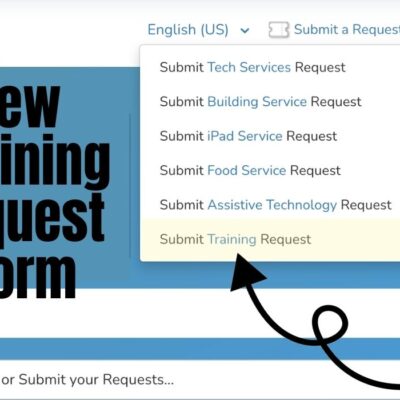As we wrap week one of being an online school, the biggest concern we’re hearing from teachers is that boundaries are much more difficult to define and keep. I’m going to touch on that tension and where it comes from and then give some practical tips you can use to set and maintain healthy boundaries for online teaching.
The Conflict
Working from home introduces a number of conflicting obligations to the work day. Prep and grading aside, our own kids are working at home, we have to contact students or parents individually, and we need to make sure we’re available (generally) when students need help.
The problem is that our schedules often don’t align with our students’. We can’t pinpoint why they work so late at night, but we need to recognize that some are acting as the parent figure in their house, which means they don’t start their own school work until late at night. Recognizing different schedules means that we have to have multiple tools at our disposal to address these conflicting schedules.
We cannot avoid this conflict. As online teachers, we have to be ready to meet and deal with this new relationship we have with our students. It does not mean that you cannot set boundaries and expectations for your interactions with students.
Clear Expectations and Supports
We need to define and build out our toolkit for supporting students in learning online. Some of these supports are habits and routines we stick to when teaching remotely. Some tools are software and allow us to work outside of discrete face to face interactions. Some tools are a reimagination of what teaching looks like day to day. I want to give three main tools you can adopt and adapt for your own work habits.
Rethink your week
When we’re face to face every day, it’s easy to work day to day. Working online, taking these varied schedules into consideration, we cannot work in discrete day to day interactions. Start to look at each week as a cohesive unit where interactions come in a triplet: introduction, formative check, reteach.
Introducing a skill early in the week can be done in any number of ways. Use your judgement. A formative check focused on feedback midweek will help you gauge where the bulk of your students are so you can prepare a re-teach or extension to round the week out. Using a system that considers student evidence of learning as the determining factor rather than arbitrary dates removes the stress of having something done now.
Publish your expectations
If your expectations are not front and center, there will continue to be a communication gap which causes stress for both teacher and student. This is a great use of a simple Page in Canvas which has three bits of information:
- Office Hours: When you are available for immediate, in person (or fast email) help.
- Support Library: Point students to a collection of support resources for the current topic. This could be a Google Drive folder, a YouTube channel, or another Canvas page, module, etc. It should answer, “Where do I get help if you’re not available?”
- Cutoff Time: Make sure they know when you will stop responding each day. The support library should suffice until you are back and actively working in the meantime. Make sure students know that you’ll respond the next day.
By putting our expectations out clearly and instantly available, there is no ambiguity about why you’re not responding to emails at midnight. Make sure parents also know your general schedule, daily availability, and resource location as much as possible.
Develop a new skill
You know that feeling when you’re looking for a help video or article and none of them are just right? Imagine that as a student, all day. I want to challenge you to create one support video that directly meets a need you’re seeing from your class. If you don’t know where to start, we have a blog post on two recording methods as well as two videos on our YouTube channel.
Videos do not need to be perfect. The fact that you are making it for your students is the important piece. You are responding to their needs, just outside of the time and space of a physical classroom.
Healthy Habits
You will burn out, quickly, without defining some of these habits. You cannot do everything in the instant something comes up. Triaging responses is okay. Set healthy habits for your own work so you are available to help students.
The Instructional Technology team is here to help and support you, especially now. Reach out in an email or comment below if you have more questions about our own habits and techniques for finding a working balance.




Thank you for putting this out there. I agree with your opinion and I hope more people would come to agree with this as well.